«The Sovereign Court» and Russian state authorities in the 16th – 17th centuries
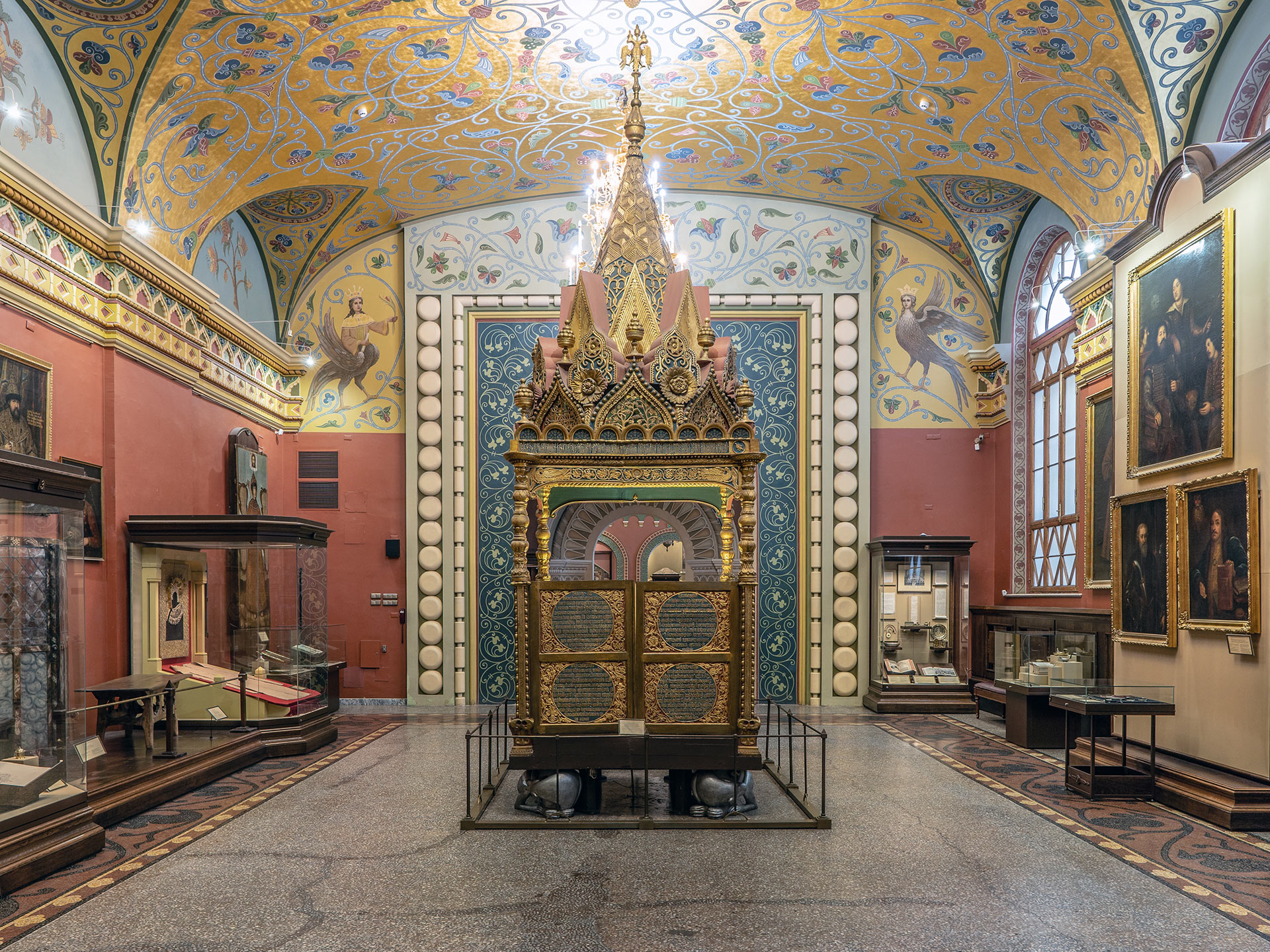

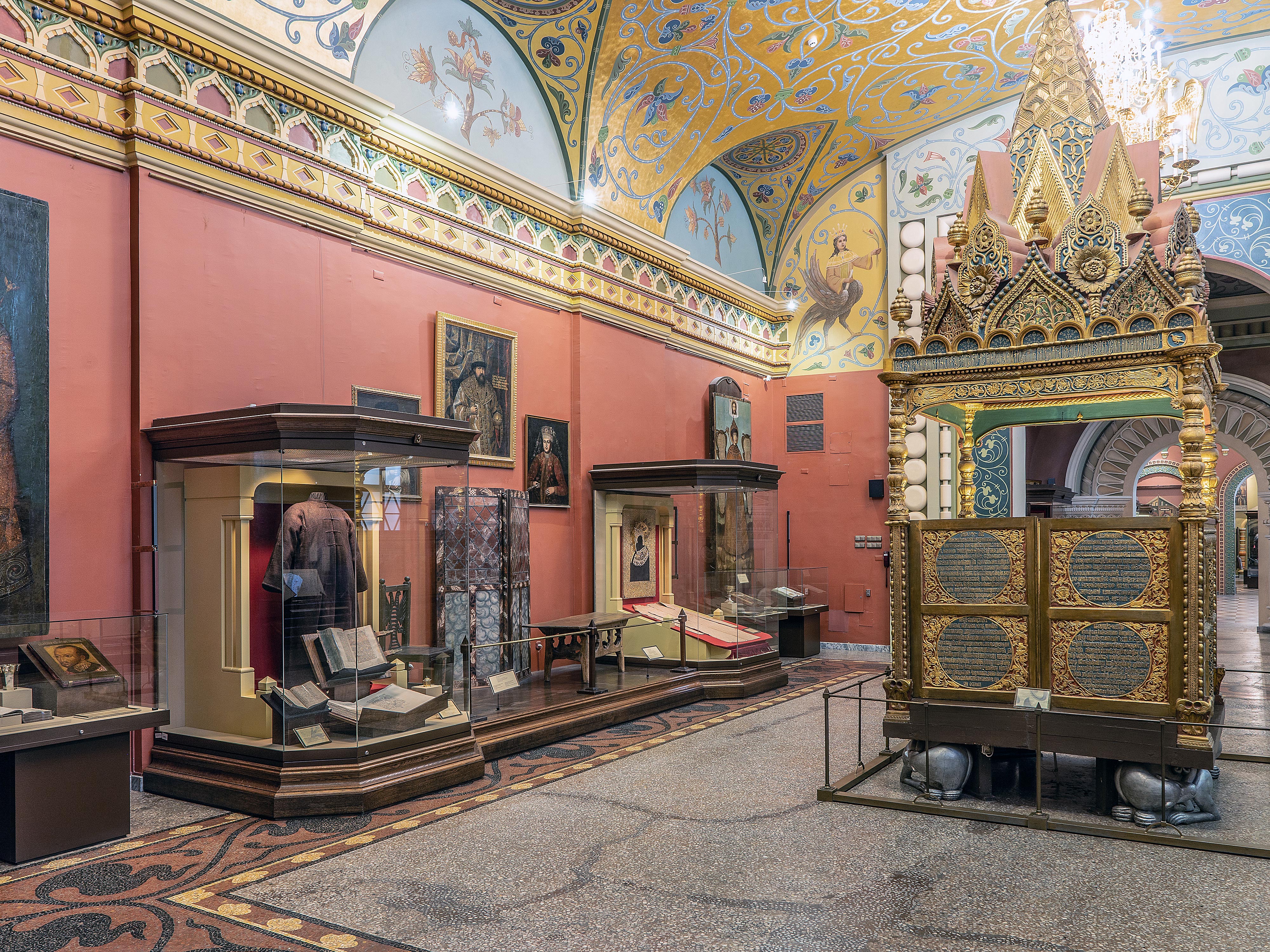
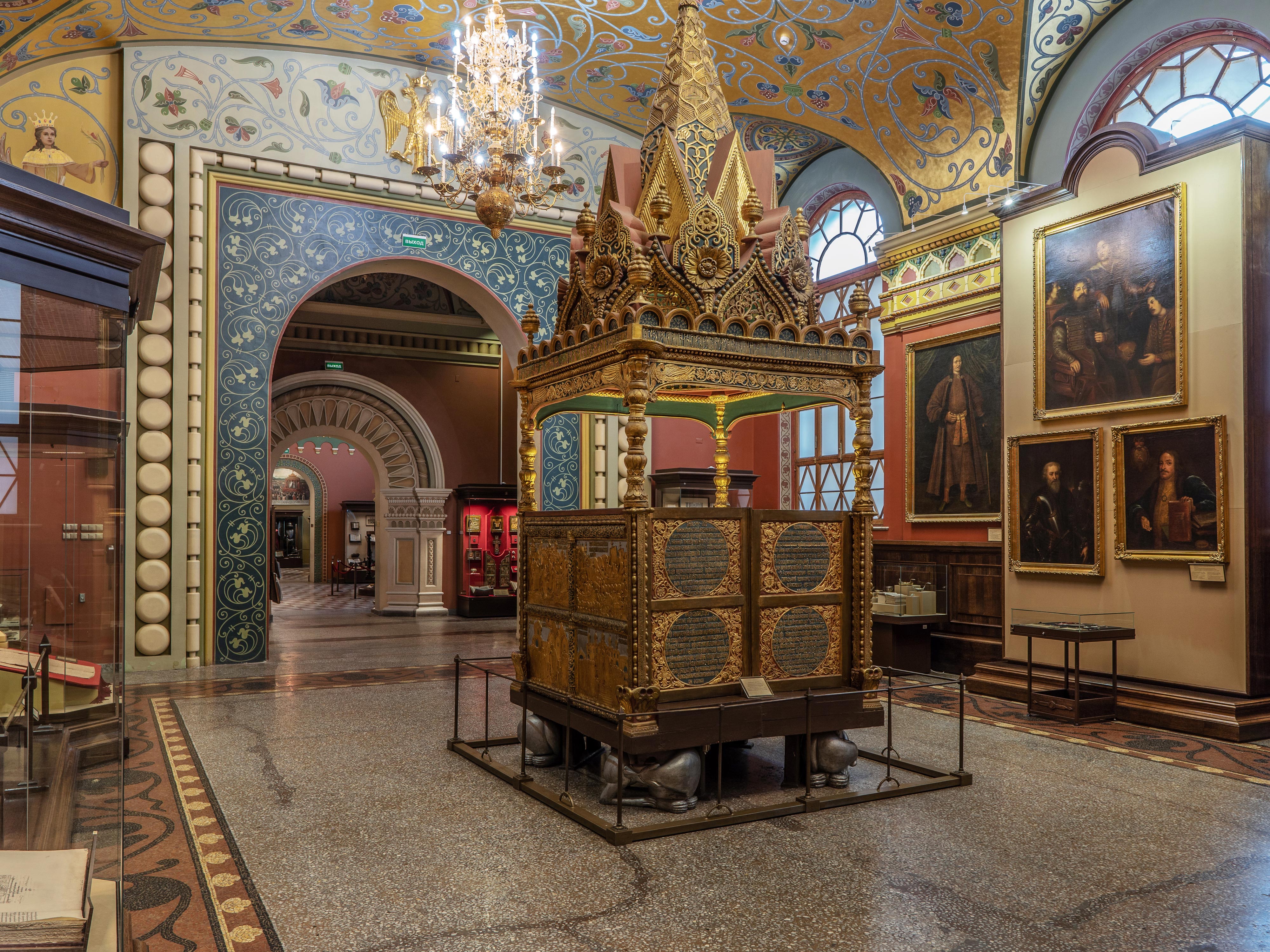
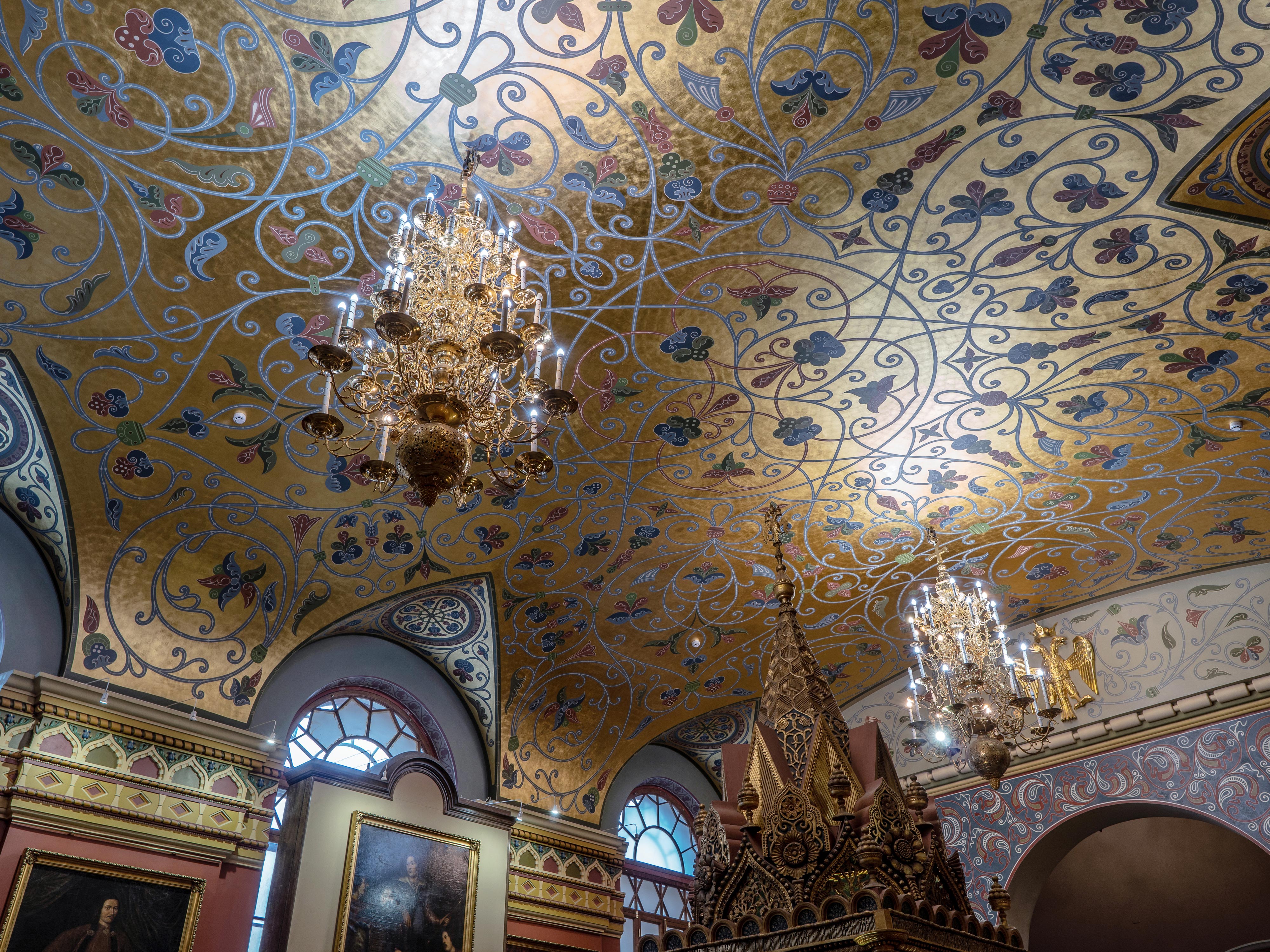
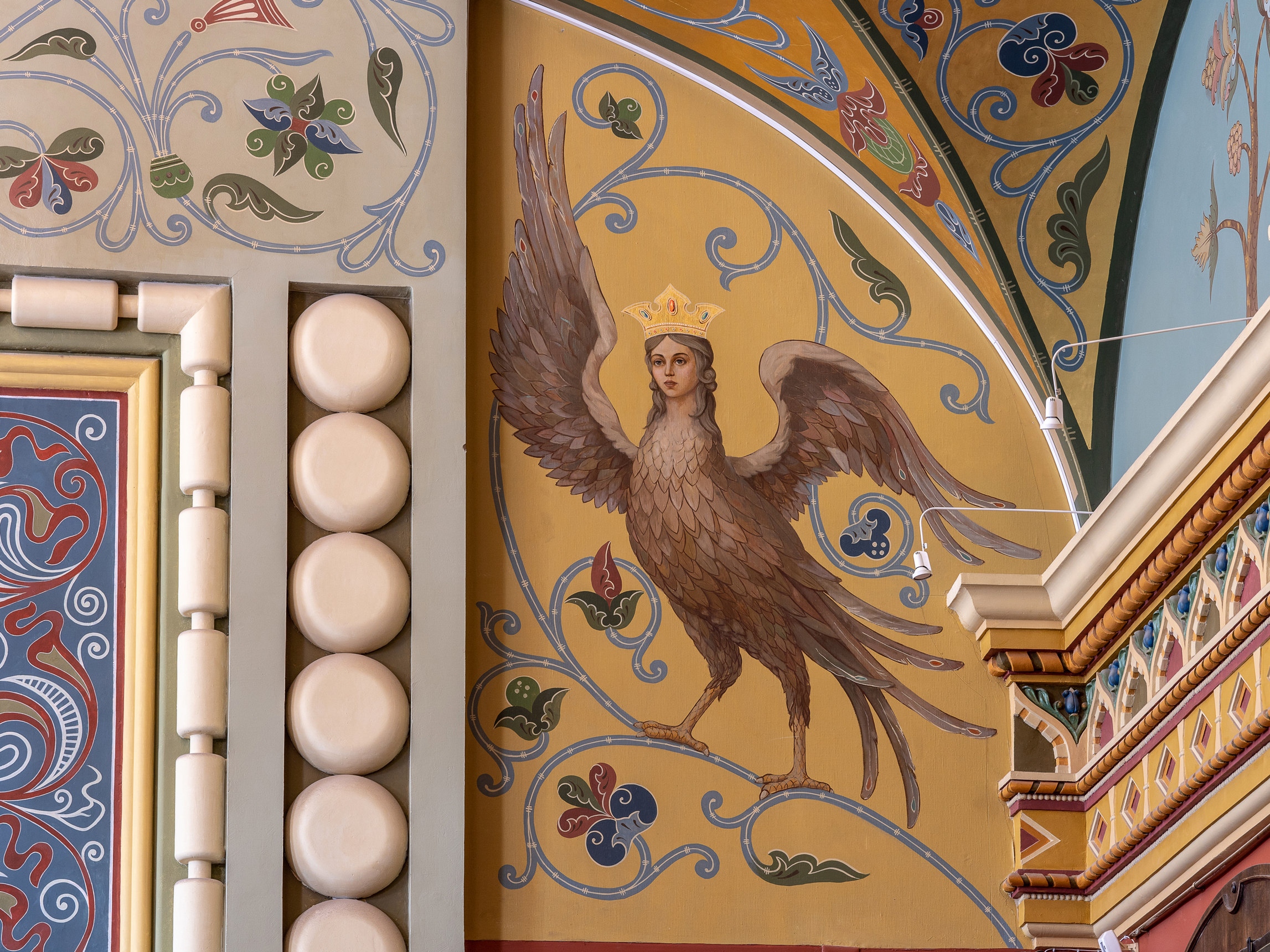
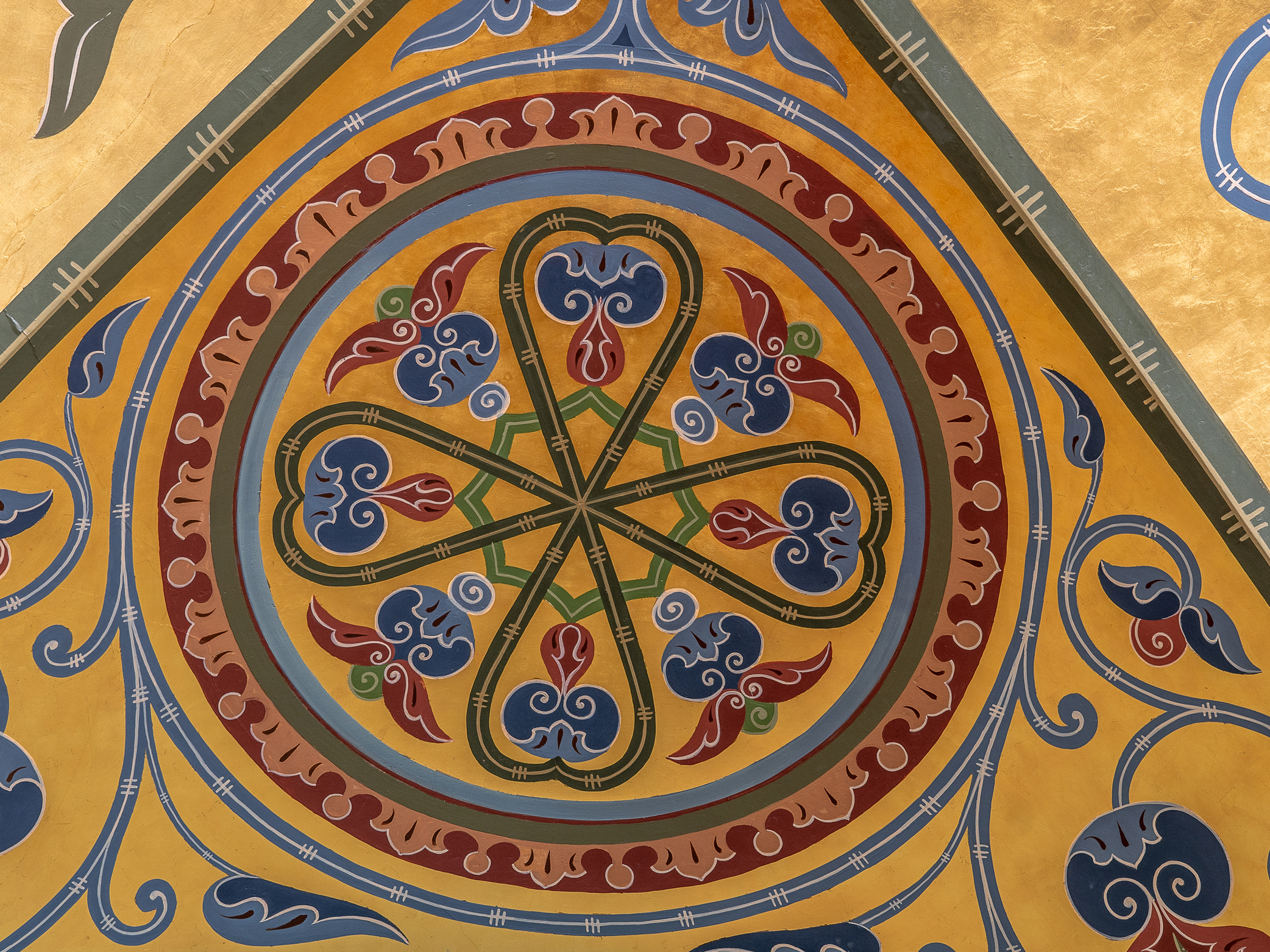
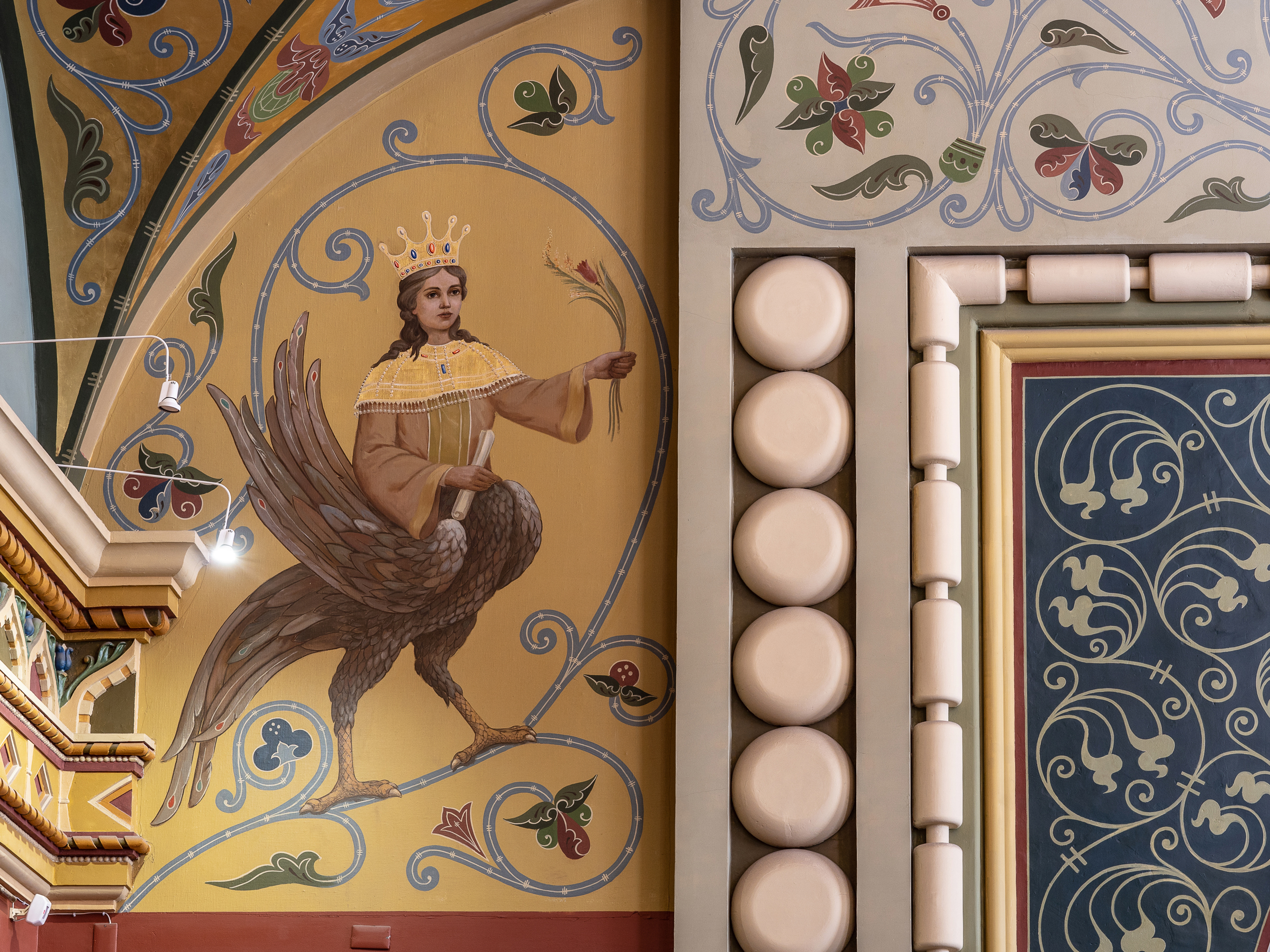
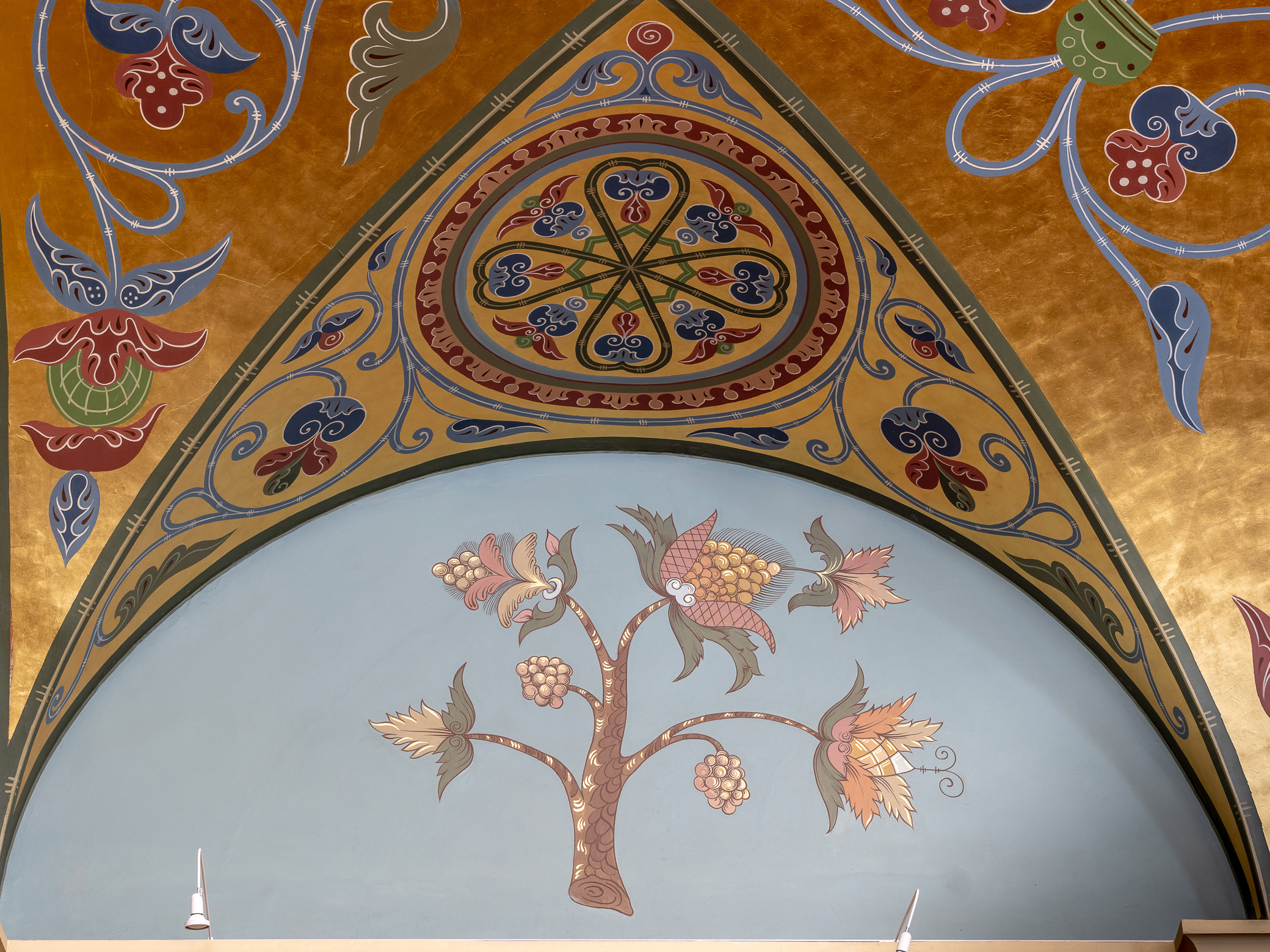
Autocratic power of the Grand Princes/Dukes of Moscow and Russian Tsars had finally been established in Russia in the XVI – XVII centuries. The most significant political event of the era, that secured the tradition of undivided power, was the adoption of the Royal title – Tsar – in 1547 by the Grand Prince/Duke Ivan IV and the formation of the Russian Tsarstvo (Kingdom).
The crises of Dynasty and economy and severe crisis of internal domestic policy of the beginning of XVII century put the Country on the brink of Extinction. Those years are known in history of Russia as Time of Troubles. The election of Mikhail Fedorovich Romanov (1596–1645) to the Russian throne, the restoration of statehood, the establishment of the new dynasty and the reforms of Tsar Alexei Mikhailovich Romanov (1629–1676) contributed to the final formation of Russia as an absolute monarchy. The Supreme power belonged to autocratic tsar/king. The Central government institutions were located in Moscow – the Boyar Duma (Council) and Pricazes (state institutions). The local Governors were also appointed from Moscow.
The ruling elite concentrated in Moscow. The "Sovereign's court" focused around the personality of the sovereign, consisted of the "Duma ranks" – the Boyars of Duma, County officers, noblemen of Duma and Duma clerks: and Palace officers – steward, bed layers, attorneys and others and "the nobility of Moscow" – serving people "for the Fatherland". Aristocrats from exactly this circle of Serving Nobility were appointed to highest command positions in the Army, they were entrusted to run public administrative bodies in Moscow and Cities, they headed diplomatic missions and were permitted to serve at Tsar’s court.
XVI–XVII centuries were the time of formation and flourishing of the Prikaz system of management. The Prikaz was a central government agency that "was in charge" of different branches of state life. The rank and file personnel of Prikaz were made up of non-noble Diacks (Clerks) and Podiachy (Assistant clerks). The Prkikazes were run by the Tsar's court officers. The Prikaz people, who reached the top positions, in turn, joined the elite of the Nobility who increasingly influenced Russia’s destiny in general.
The luxury of the "Sovereign's Court", the magnificent ceremonials that accompanied the daily life of the Monarch, were designed to emphasize the Greatness of the Russian Tsars, the sanctity and inviolability of the foundations of the autocratic power of the "rulers of all Russia."
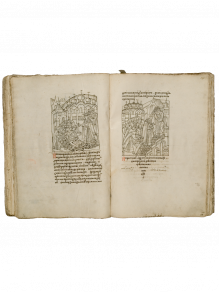
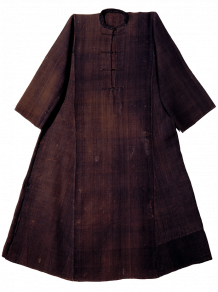
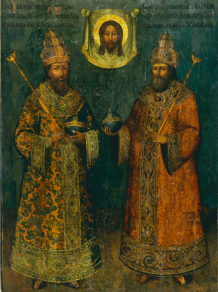
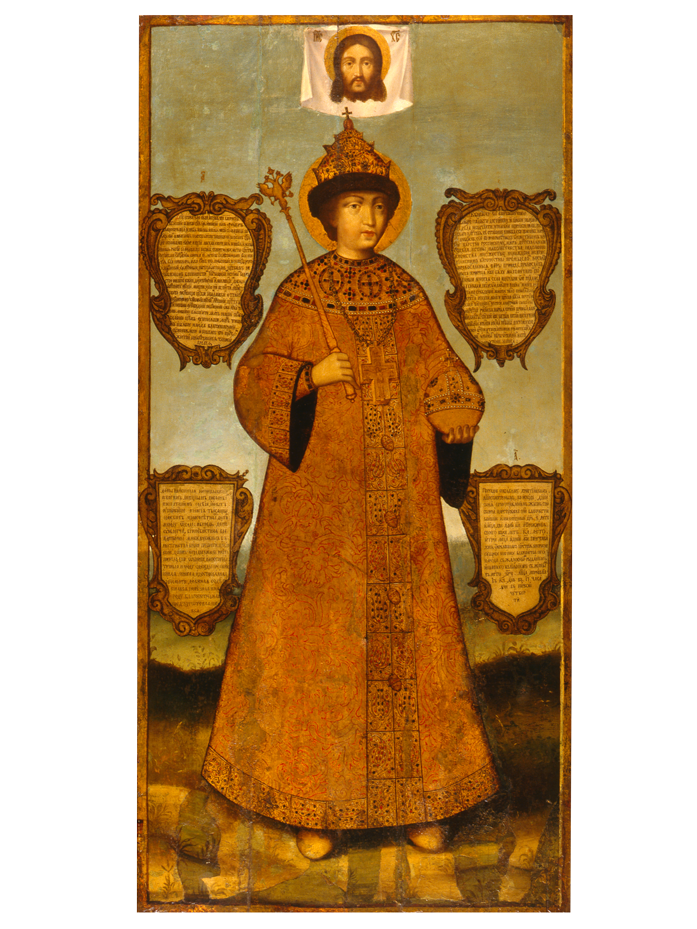
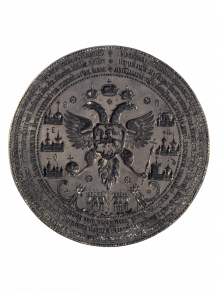
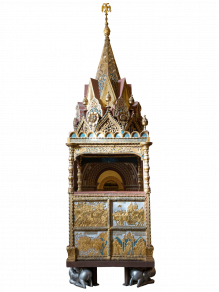
One of the most beautiful halls of the Historical Museum was conceived as the Central of the three halls dedicated to the reign of Ivan the Terrible. No wonder that in its decoration, made in 1898–1903 by sculptor I.I.Sevryugin and the Artel (Team) of artists under supervision of N.M.Safonov, were used elements of architecture and applied arts of the XVI century.
The high box vault is as if covered with "pure gold", on the gold background wax paints applied a thin floral ornament, reminiscent of a graceful scanty pattern on jewelry of the XVI century. Stucco cornice running around the perimeter of the walls, repeats the decorative elements of one of the onion heads of the Intercessionl (St.Basil's) Cathedral, built in 1555–1561 as a monument to the victory over the Kazan Khanate. The portals of the South-Western area of the temple served as models for the design of arched entrances.
Above the entrances are placed relief images of double-headed eagles, made after the small State Seal of Ivan IV the Terrible. In the painting above the cornice you can see the branches of a flowering Fig tree – the biblical tree, symbolizing peace and prosperity. The image of fairy-tale birds-maidens Sirin and Alkonost, sitting on the branches of the Paradise tree, is often used to decorate household items – masterpieces of applied art.
In 1936–1937 because of the opening of a new exposition of the Historical Museum was made a large-scale reconstruction of its halls. Unique paintings were whitewashed; architecture elements of the interior were partially destroyed. They were redone during the restoration works in the 1990s.




